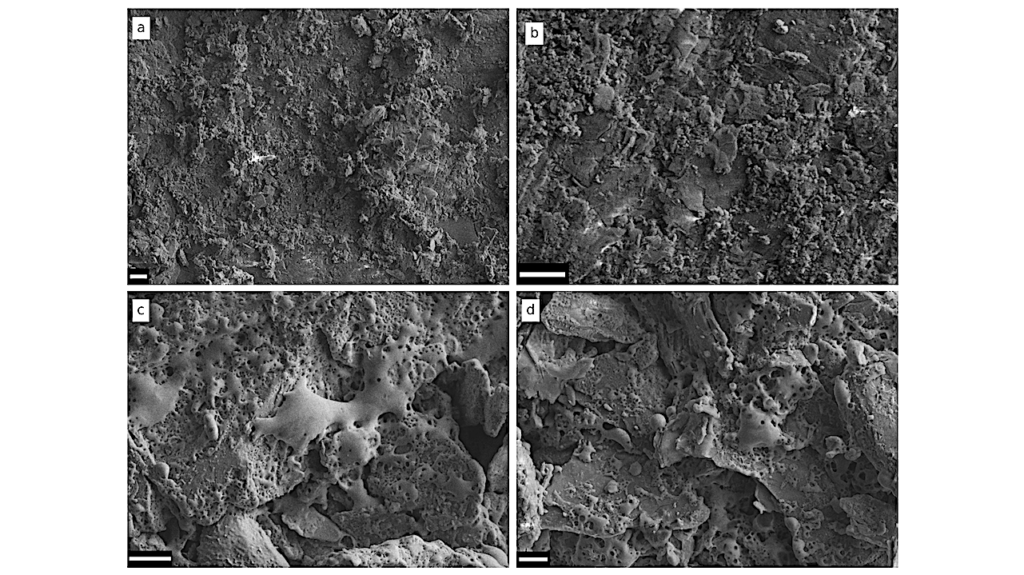Investigations On The Coma Formation Of Organic Species

Comets are a rich reservoir of complex organic molecules, such as alcohols, aldehydes, acids, carbon chains, diols, the N-bearing organics formamide, acetonitrile, cyanoacetylene, imines and the simple amino acid glycine.
It has not yet been proven that all of the molecules identified in the coma of comets originate from the frozen ices inside the cometary nucleus. Comets showing moderate to high activity can reach sufficient coma densities for molecules to form by active gas-phase coma chemistry. Using a multifluid chemical-hydrodynamical model and an updated chemical network, we studied the effect of gas-phase chemistry that occurs in the cometary coma of four Oort cloud comets, namely C/1996 B2 (Hyakutake), C/2012 F6 (Lemmon), C/2013 R1 (Lovejoy), and C/2014 Q2 (Lovejoy).
These comets are significantly enriched in complex organics and show moderate to high activity. We studied the formation of a large number of CHO molecules, N-bearing molecules and the simplest amino acid glycine. We found that by incorporating new pathways, the production rates for HCOOH, HCOOCH3, CH3CHO, CH3CN, CH3COOH, HC3N, HC5N, and NH2CHO can be increased, which can account at least partially towards the total production rates. However, the production rates for C2H5OH, (CH2OH)2 , CH2OHCHO and the simplest amino acid glycine are low for most comets; therefore, their formation requires surface chemistry almost solely.
We also found that factors such as initial cometary abundance, relative abundances of the reactants and temperature of the reacting species significantly affect the formation of molecular species in different regions of the coma.
Sana Ahmed, Kinsuk Acharyya
Comments: 35 pages, 19 figures, 3 tables. Submitted to ApJS. Comments welcome
Subjects: Earth and Planetary Astrophysics (astro-ph.EP)
Cite as: arXiv:2207.13288 [astro-ph.EP] (or arXiv:2207.13288v1 [astro-ph.EP] for this version)
https://doi.org/10.48550/arXiv.2207.13288
Focus to learn more
Submission history
From: Sana Ahmed
[v1] Wed, 27 Jul 2022 04:29:27 UTC (2,139 KB)
https://arxiv.org/abs/2207.13288
Astrobiology, Astrochemistry








